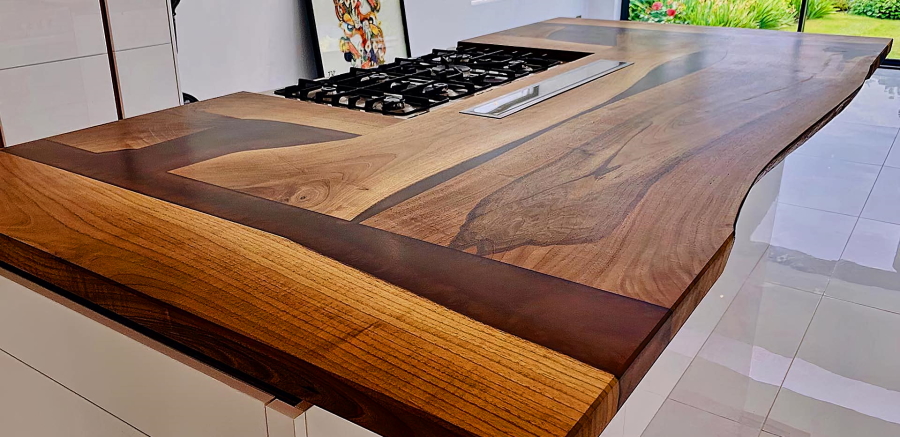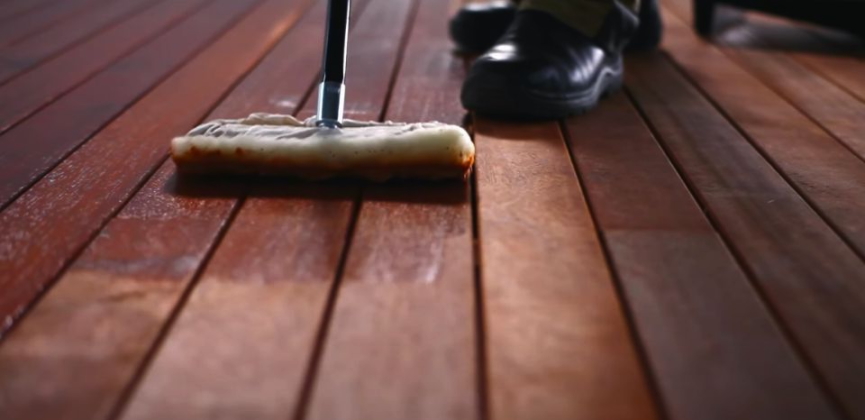The weather is getting colder, and the leaves are falling from the trees. The season has changed from summer to fall, and suddenly, you notice that your outdoor furniture needs some love. You want to protect it before winter arrives so you can enjoy it for many more years to come. Wood sealing is the best way to do this.
How do you prepare wood for sealing?
Sealing is an essential step in preserving the beauty of your wood. When done correctly, it will protect the surface from stains and moisture damage. The two most common sealants are oil-based and water-based. Oil-based sealant provides a more durable finish that can withstand harsher conditions like salt air or tougher weather, but it does require frequent reapplication to maintain its durability; this means that you’ll need to use mineral spirits or paint thinner to clean up any excess oil before applying new coats of sealant. Water-based sealant offers better protection against mildew than oil-based sealants, so if you live in humid climates or have problems with mold growth on your property, this might be the best option for you.
Wood sealer is a type of paint that protects the wood from various elements. Applying it to your deck can help you avoid costly repairs and prolong its life. The simplest way to prepare the surface for sealing is by removing any existing dirt or grease, then sanding it down with coarse-grit sandpaper before applying primer and topcoat.

When should I use a wood sealer?
It’s important to protect your wood from the elements. Wood is a natural material that will react with different atmospheres and climates, so it needs protection to keep it looking its best. This guide will help you learn about the basics of protecting your wood by taking care of it year-round.
- If you live in an area with extreme temperature or humidity levels changes, consider sealing or staining your deck annually. The sealant should be applied before winter begins if possible but can also be done after winter ends.
- Sealants should be reapplied every two years for light color stains and every four years for dark color stains on decks due to weathering effects like sun damage which can cause peeling.

It is important to care for your wood surfaces to protect them from the elements and make them last longer. One way you can do this is by sealing your wood once a year with a sealant. This article provides an overview of what you need to know about sealing, including how to choose the best sealant for your needs and proper application techniques.
The quality of exterior finishes on buildings has improved dramatically in recent years but not without considerable expense and effort for builders, architects, and specifiers. We all want our homes or offices or retail outlets looking their very best for years – even decades after they are built so that we don’t have to replace them prematurely because they’re deteriorating due to their condition.
Wood is a natural material that constantly changes. As a result, the sealant you use on your deck or fence can wear away over time, letting water seep into the wood and rot it from the inside out. This guide will show you how to apply a protective layer of sealant without damaging the wood underneath.
It’s important to note that not all woods are created equal, so make sure to read this before proceeding with any sealing process.























